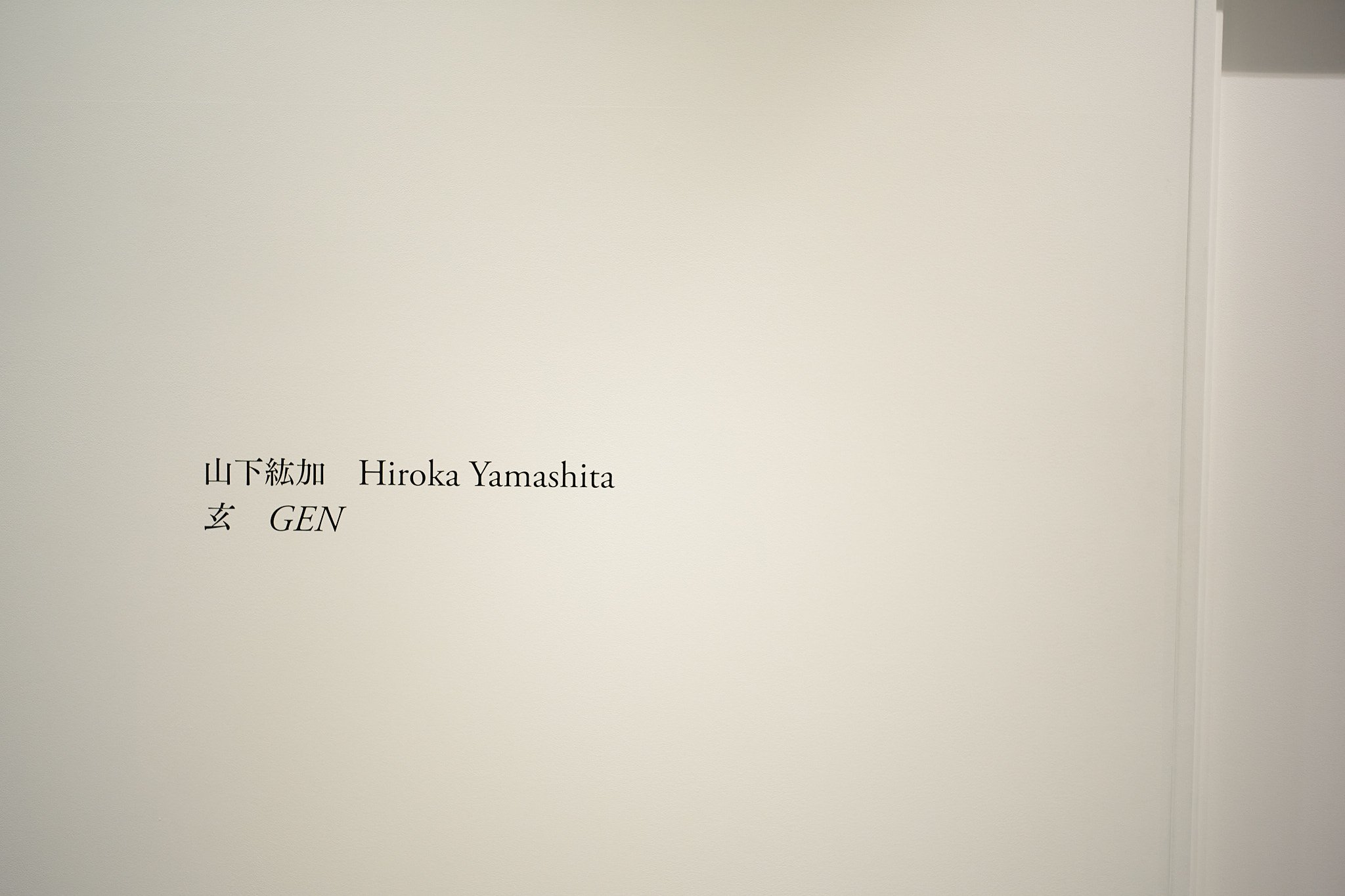William Blake
Hiroka Yamashita “玄 GEN” Taka Ishii Gallery
Reductionism in ART and Brain Science, by Eric Kandel, page 143, Zettel 132
Modern abstract art was predicated on two major advances: the liberation of form and the liberation of color. The Cubists, led by Georges Braque and Pablo Picasso, liberated form. Since then, modern art has often represented the artist’s subjective vision and state of mind rather than a naturalistic illusion of form based on the outside world. In the modern era it was largely Henri Matisse who liberated color, freeing it from form and thereby demonstrating that colors and color combinations can exert unexpectedly profound emotional effects. Once color was no longer determined by form, a color that might have seemed “wrong” in a particular figurative context would actually be right, because it was used to convey the artist’s inner vision, not to represent a particular object. Moreover, the separation of color from form is consistent with what we know about the anatomy and physiology of the prime visual system: That is form, color, movement, and depth are analyzed separately in the cerebral cortex. - Reductionism in ART and Brain Science, by Eric Kandel, page 143, Zettel 132
Reductionism in Art and Brain Science, by Erick Kandel, page 126, Zettel 124
Rothko saw such reductionism as necessary: “The familiar identity of things has to be pulverized in order to destroy the finite associations with which our society increasingly enshrouds every aspect of our environment” (ROss 1991). Only by pushing the limits of color, abstraction, and reduction, he argued, can the artist create an image that librates us from conventional associations with color and form and allows our brain to form new ideas, associations, and relationships - and new emotional responses to them. - Reductionism in Art and Brain Science, by Erick Kandel, page 126, Zettel 124
Reductionism in Art and Brain Science” by Erick Kandel, page 115, Zettel 123
Thus what abstract artists contend - and abstract art itself bears out - is that an impression, a sensory stimulation of the retina, is merely a spark for associative recall. The abstract painter does not attempt to provide pictorial detail, but rather to create conditions that enable the viewer to complete the picture based on his or her own unique experience. Legend has it that upon viewing a sunset painted by Turner, a young woman remarked, “I never saw a sunset like that, Mr. Turner,” to which Turner replied, “Don’t you wish you could, madam?” - Reductionism in Art and Brain Science” by Erick Kandel, page 115, Zettel 123
Reductionism in Art and Brina Science, Eric Kandel, pg 108, Zettel 121
In his essay “American Action Painters”, Rosenberg write that Pollock, by turning painting into a series of actions, had “eliminated the separation between art and life.” - Reductionism in Art and Brina Science, Eric Kandel, pg 108, Zettel 121
Reductionism in Art and Brina Science, Eric Kandel, pg 101, Zettel 120
..it was Pollock who, according to even to de Kooning, “really broke the ice.” Pollock proved to be by far, the strongest personality of his generation. As de Kooning put it: “Every so often, a painter has to destroy painting. Cezanne dd it. Picasso did it with Cubism. Then Pollock did it. He busted our idea of a picture all to hell. Then there could be new paintings again. (Galenson 2009) - Reductionism in Art and Brina Science, Eric Kandel, pg 101, Zettel 120
Reductionism in Art and Brina Science, Eric Kandel, pg 99, Zettel 118
Despite the abstract nature of these paintings, de Kooning later insisted that he was not interested in “abstracting” - taking things out and reducing his paintings to form line, or color. Rather he often painted in what appeared to others to be an abstract form because the reduction of figuration allowed him to put more emotional and conceptual components into the painting: anger, pain, love, his ideas about space. - Reductionism in Art and Brina Science, Eric Kandel, pg 99, Zettel 118























